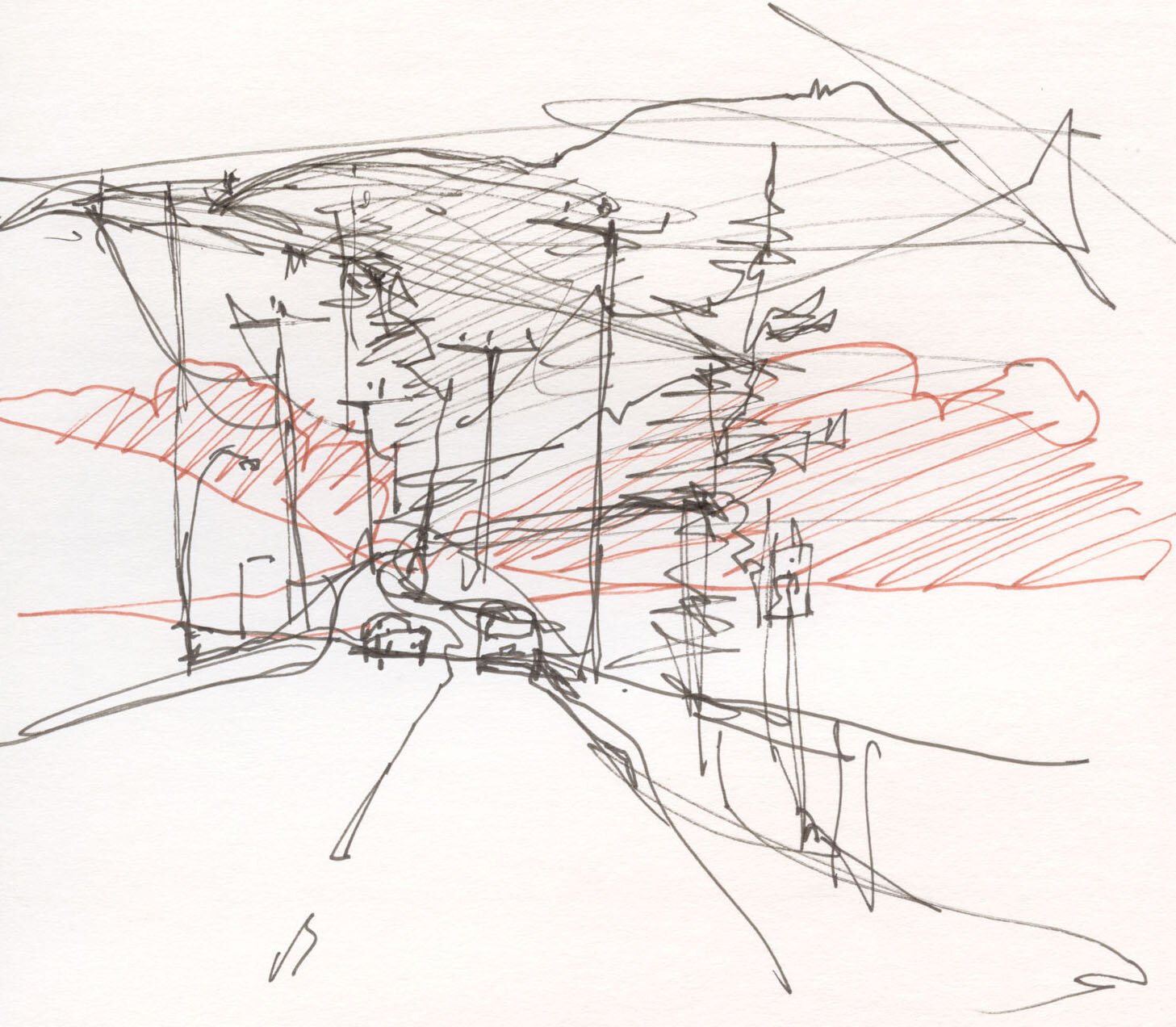Dover
And you may come upon old cemeteries with the dates in the 1700's half hidden by rank growths of phlox or grasses. Or you may mount to some sleeping Tibet-like village, like Dover Common, and from the plateau thereabouts get Walt Whitman's sense of "the earth expanding, right hand and left hand.”
Charles Edward Crane, “Let Me Show You Vermont”
After a month of travel to the distant climes of rainy Oregon and the balmy Bahamas, I'm happy to be back on wintery roads for a spell. Let's head north from Wilmington as we continue a meandering jaunt through towns in Vermont's lower corners.
Dover is confusedly spread between West Dover, East Dover, and minuscule Dover proper. These three areas of the township are united by Dover Hill Road, but have very different personalities.
From their founding in the late 1700's up to the 1940's, West and East Dover were difficult to span. It’s hard for us to imagine now just how challenging travel was, even between neighboring towns, in the 19th century and how close to home our ancestors stayed.
Though less than seven miles divided the two parts of town, even in the 20th century the Dovers were a long-distance call away from each other in summer, and an impassable distance in winter snow and spring mud. Isolation had its toll, and by the early 1900's both East and West Dover had shrunk to a sparse population of struggling farmers and old-money summer visitors.
All that changed in the early 1950's, when Walter Schoenknecht of Connecticut bought the Reuben Snow farm (the name alone would have recommended the purchase) and began taming wild Mt. Pisgah into the trails, lodges and condos of today’s Mt. Snow.
West Dover's rutted Route 8 was replaced by Route 100, which began its paved life as an access road for the ski industry, and is now one of our main north-south thoroughfares.
Along with development at the West Dover mountain came a golf course, ski academy, and restaurants. Hotels replaced the spare bedrooms and kitchen tables of local farms, which for decades comprised the rural Vermont tourist industry. And along with new jobs and tax dollars came problems that threatened Dover's environment and sense of self. Finding solutions helped spur the state to enact our land-protecting Act 250.
With over 600,000 tourists visiting every year, Dover's 1,500 permanent residents must sometimes wonder how to keep their town's authentic Vermont personality from becoming a caricature that exists only to serve the ski industry. The Dover Historical Society seems to be hard at work on this mission, offering exhibits and meetings to give visitors a sense of the rich past of the place they may otherwise only see from a ski lift.



